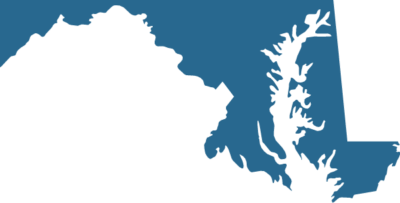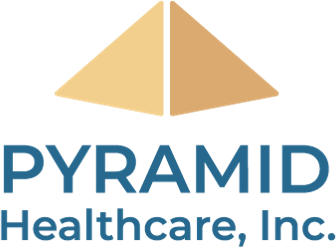
Comprehensive Treatment Options for Opioid Addiction in Maryland
According to the Center for Disease Control, there were 2,771 overdose deaths in Maryland in 2020. Of these, 548 were from heroin use and 453 were from prescription opioid use.
Nationally, the opioid crisis claimed 80,411 lives in 2021 to opioid overdose.
Although our treatment levels vary by location, we have programs in Maryland that treat drug use disorder at every stage, from detoxification to outpatient treatment. We also treat alcohol use disorder, mental health disorders and co-occurring disorders.
What Are Opiates and Opioids?
Opiates are drugs that are made from morphine, which is made from some varieties of the poppy plant. Opiates produce intense euphoria and slow down respiratory function by activating certain receptors in the central nervous system. High doses can quickly lead to respiratory depression and death.
Opiates and opioids are not the same. Opioids are synthetic (not found in nature) or partially synthetic, while opiates are directly derived from the poppy plant. Opiates are heroin, morphine and codeine, though these are often formulated with synthetic materials when purchased illegally. Some examples of opioids are oxycodone, hydrocodone, methadone and fentanyl.
Heroin
Heroin is an illegal opiate that’s listed on Schedule I of the Controlled Substances Act, which means that it has no medical value and has a high potential for abuse. Heroin can be injected, smoked or snorted.
According to the National Institute on Drug Abuse (NIDA), there were 9,173 heroin-related deaths nationally in 2021, a steady decrease from the peak in 2017 at 15,482 deaths. Around 80% of people who use heroin reported first using prescription opioids.
Heroin is typically cheaper than prescription opioids. It’s also easier to find and its temporary euphoric effects are stronger than those of prescription painkillers. Some people turn to heroin to keep withdrawal at bay when they can’t access a prescription. Since it’s impossible to know the purity and strength of a batch of heroin, the risk of overdose is always high.
Prescription Painkillers
Opioid painkillers are used to treat mild, moderate and severe pain. They work by reducing the intensity of pain signals that travel to the brain. The most commonly used painkillers are oxycodone (Percocet and OxyContin) and hydrocodone (Vicodin and Lortab). Opioid painkillers are listed under Schedule II of the Controlled Substances Act. This means that, although they have medical value, they have a high potential for abuse.
According to the Center for Disease Control, there were 142,816,781 prescriptions dispensed for opioids in 2020, which is 43.3 prescriptions per 100 persons, a decline from 81.3 per 100 persons in 2012. There are currently 3 million Americans and 16 million people worldwide who are addicted to opioids.
Pyramid Healthcare Treatment Centers in Maryland
If you or someone you know is ready to take the first step in the journey to recovery, Pyramid Healthcare is here to help. Explore our Maryland locations to find which program is right for you or call our 24/7 admissions team.
Our Maryland locations accept Delaware and Maryland Medicaid, and we also accept most commercial insurance as well as self-pay.
California Outpatient Treatment Center
California Drug & Alcohol Residential Treatment Center


